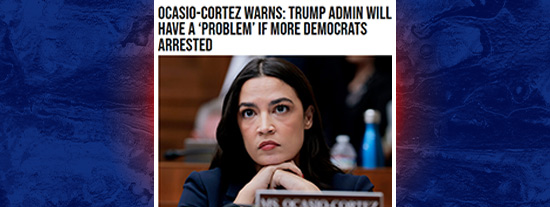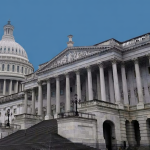Liberal State Supreme Court Throws Wrench In Dems’ Plan For Taking Back House

Wisconsin Supreme Court Denies Democrat Request on Redistricting
The Wisconsin Supreme Court, led by a liberal majority, has opted not to alter the state’s congressional district boundaries for the 2026 midterm elections. This decision was concluded without any detailed explanation from the justices, maintaining the status quo as Democrats eye a potential takeover of the House of Representatives.
Democrats’ Ongoing Battle for Redistricting
In their quest to gain electoral advantage, the Democrats in May presented a plea to the Wisconsin Supreme Court, which currently features a liberal slant with a 4-3 majority, urging a reevaluation of the congressional districts. Despite their efforts, the maps laid out in 2022 remain in effect. Rep. Mark Pocan, a Wisconsin Democrat, expressed dissatisfaction with the court’s decision, highlighting the need for fairness at the national level, though he acknowledged the state-level maps are equitable.
Impact on Future Elections
This ruling is crucial as the Democratic Congressional Campaign Committee has identified the upcoming midterms as a significant opportunity, targeting two Republican-held seats in Wisconsin. Despite these ambitions, the court’s consistent refusal to modify the current maps, rejecting similar appeals in March 2024, underscores the complexities of political strategies surrounding district boundaries.
Wisconsin’s Political Landscape
The implications of this decision are magnified by the recent close race in Wisconsin during the 2024 presidential election, where President Donald Trump edged out a victory by a narrow margin. This ruling will likely stir increased tension and campaigning as both parties vie for dominance not just in congressional races but in presidential battlegrounds as well.
|
While the Democrats secured a victory with Judge Susan Crawford’s appointment to the Wisconsin Supreme Court, overcoming conservative opponent Brad Schimel, the battle for redistricting marks a significant setback in their broader strategic aims for upcoming electoral cycles.
The complexity of Wisconsin’s political battleground continues, showcasing the intricate dance between judicial decisions and electoral strategies, with significant implications for both parties as they gear up for 2026.









No Comments